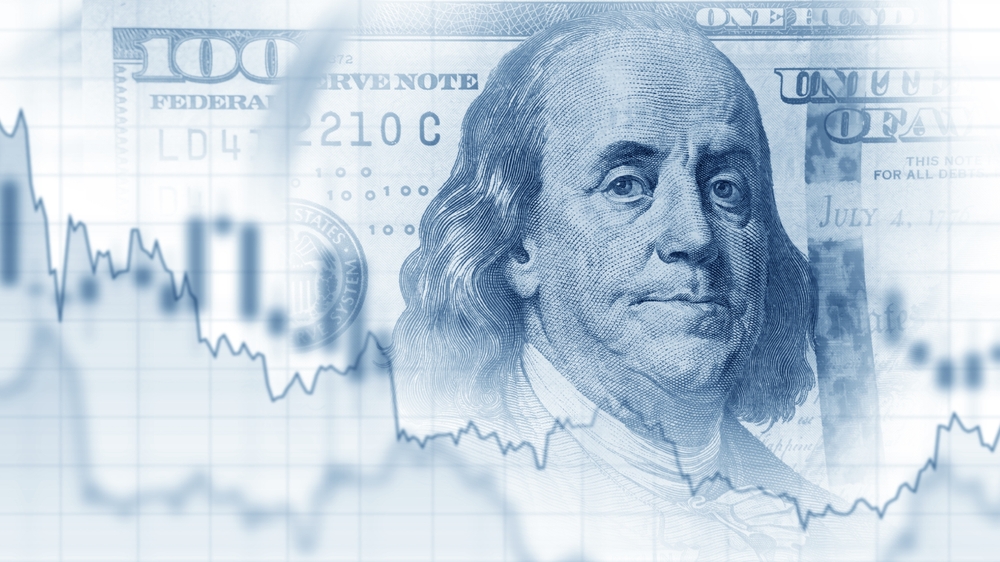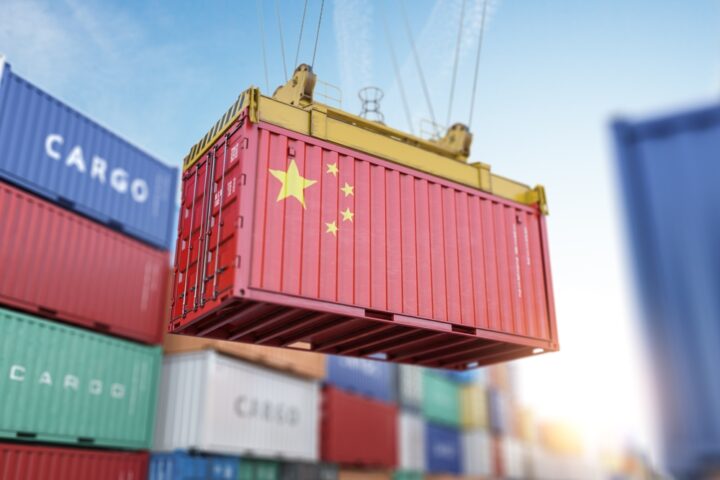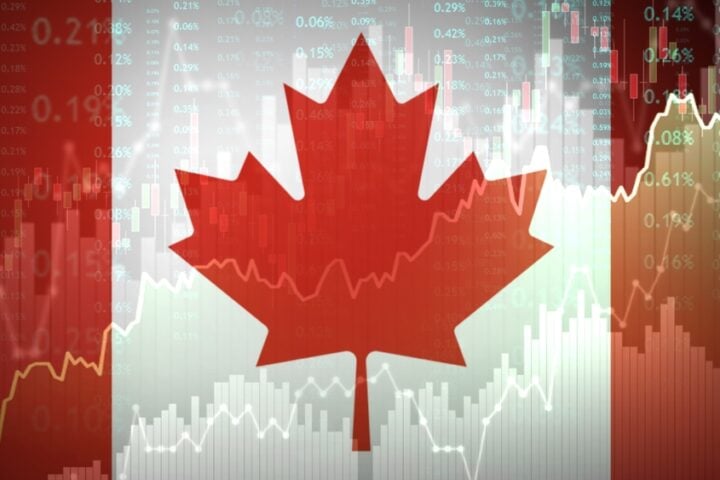U.S. Dollar and Yuan Hit Low as Trade War Escalates
The U.S. dollar weakened against major currencies, including the yen and euro, as trade disputes triggered by President Donald Trump’s sweeping tariffs rattled global markets. On Tuesday, China’s offshore yuan reached a record low, falling to 7.3815, its weakest point since its debut in 2010. This latest downturn in the dollar reflects the market’s growing concerns over the potential for a global recession as the U.S. and China continue their escalating trade war.
Safe-Haven Currencies Benefit Amid Economic Uncertainty
Safe-haven currencies, including the Japanese yen and Swiss franc, continued to benefit as investors sought shelter from the uncertainty caused by the tariff battle between the U.S. and China. The yen strengthened 0.53%, trading at 147.06, while the Swiss franc rose 0.33% to 0.857. The euro, too, saw some gains, climbing 0.1% to $1.091375 after a brief decline in the previous sessions. Marvin Loh, senior global market strategist at State Street, noted that the dollar’s underperformance against its peers was partly driven by recession fears fueled by the ongoing tariff disputes.
Trade War Tensions: U.S. and China Face Off
The U.S. and China are locked in a trade war of attrition, with both sides standing firm. Beijing has refused to capitulate to what it calls “blackmail” and vowed to “fight to the end” in response to Trump’s threat of escalating tariffs to 104%. Despite these tensions, the Trump administration has signaled some hope for resolution, with Treasury Secretary Scott Bessent expressing optimism about potential negotiations that could bring down the levies. On Tuesday, Trump said he is awaiting a response from China before implementing the new duties, offering a glimmer of hope for easing the trade conflict.
Mixed Market Reactions: Optimism Amid Tariff Uncertainty
Despite the currency turmoil, there were signs of optimism in the market. Currencies like the pound and the Australian dollar recovered, rising 0.37% and 0.58%, respectively, after falling in previous sessions. On Wall Street, all three major indexes showed signs of recovery, trading higher after last week’s sharp declines following the tariff announcement. Loh pointed out that, despite the volatility in equities, the dollar and Treasury yields have not responded as aggressively as expected, suggesting that market participants are still weighing the economic impact of the trade conflict.
Dollar Index Declines Amid Trade War Fears
The dollar index, which tracks the greenback against a basket of major currencies, fell 0.11% to 103.32 on Tuesday. This marks a 0.7% decline since Trump announced the tariffs on April 2. Investors are grappling with the implications of the tariff war on the U.S. economy, especially given the dollar’s traditional role as a safe-haven asset during times of market turmoil. As the trade war continues to unfold, the dollar’s position remains uncertain, and markets are closely monitoring any further developments in the ongoing negotiations.
Uncertainty Ahead for the Dollar and Global Markets
As the U.S.-China trade war drags on, the weakening of the dollar and the volatility in global currencies signal growing concerns about the impact of tariffs on the global economy. While safe-haven assets like the yen and Swiss franc are benefiting, the uncertainty surrounding the future of trade relations between the two largest economies is likely to keep markets on edge. With a potential global recession looming, the direction of the dollar and global markets remains highly uncertain.







